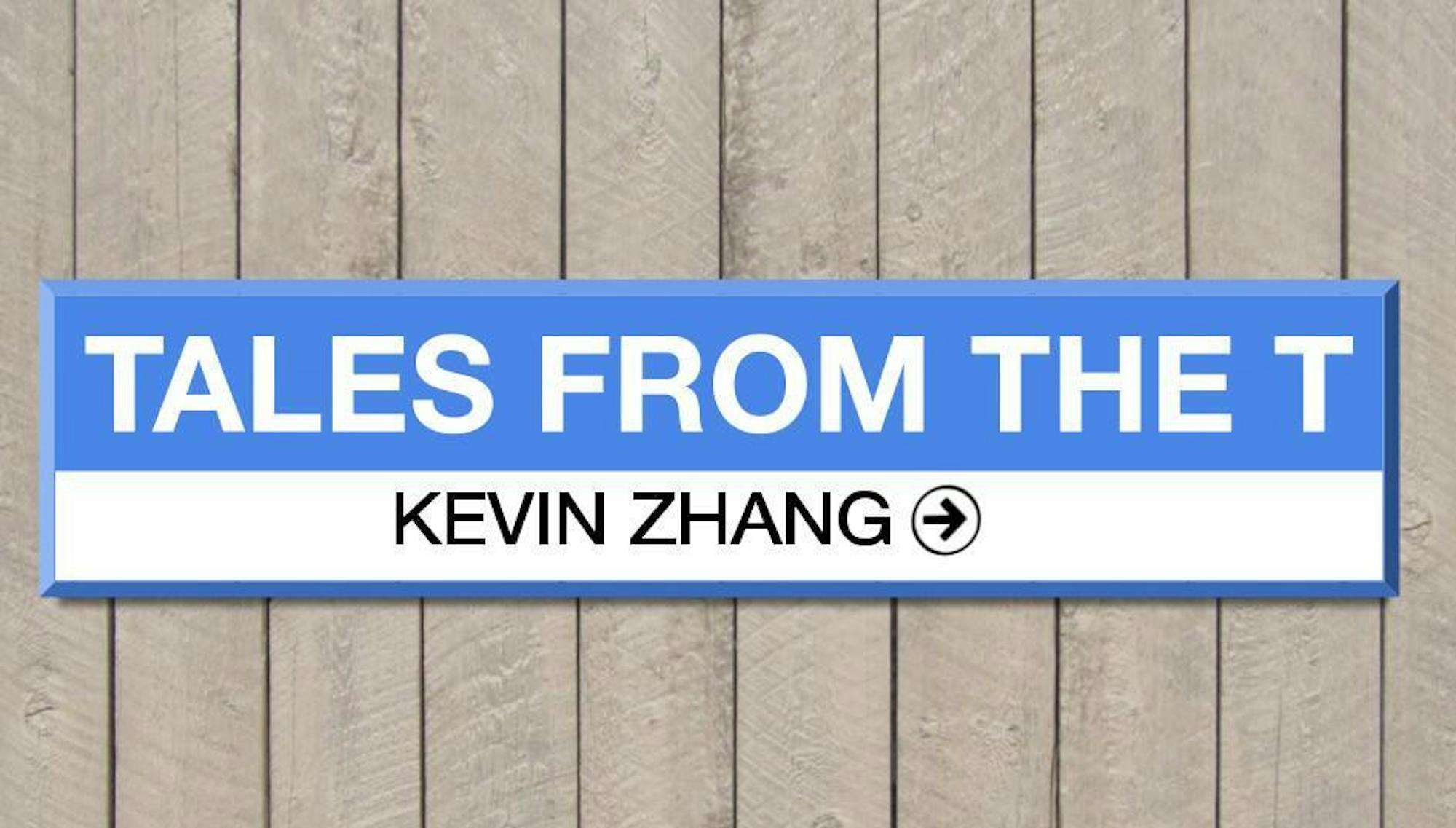For my last column, we’ll talk about the station nearest and (questionably) dearest to all of us: Davis Square. Today, it’s the most convenient place to catch a train to downtown (at least before the GLX opens in 2050). But before there was the Red Line, you could catch other trains at Davis: luxury sleeper trains, mile-long freight trains and even Green Line trains. Let’s talk about these long gone trains of Davis Square.
Davis Square was named after Person Davis (no, it wasn’t after Jefferson Davis; yes, that’s his real name), a local merchant and politician who built his estate at this sleepy rural crossroads in 1850.
In 1858, a horsecar line (think horse-drawn carriages, but on rails) was built from Davis to Union Square, and later Lechmere. In 1870, a railroad — eventually known as the Fitchburg Cutoff — was built between Alewife and Magoun Square, straight through Davis Square, where the West Somerville station was built. The line served everything from freight trains to local commuter trains to luxury long-distance trains. In its heyday, one could board a Pullman sleeper car here in Somerville and ride to Pennsylvania and beyond without ever changing trains.
The introduction of fast rail transit transformed this sleepy crossroads into a dense commuter suburb. But equally important was the railroad’s effect in fueling industrial growth, turning Davis Square into a bustling commercial hub.
In 1927, passenger service ended on the line — but by then, it was already under competition from electric streetcars, which succeeded the horsecars. Indeed, between 1898 and 1922, streetcars from Davis could even enter the Green Line near Lechmere and run directly into downtown (a practice ultimately ended after causing massive scheduling headaches).
The Fitchburg Cutoff became a freight-only line, with over 20 lumbering freight trains, each easily a mile long, passing right through Davis Square daily. Despite two separate plans, this busy railroad crossing was never eliminated, leading to backlogs of traffic longer than my list of missing assignments.
After World War II, industries began moving out of Boston, and with them went freight traffic. By no coincidence, Davis Square had also been on the decline, having gained a distinctly seedy reputation. As if to cement this, in 1980, the last train rolled through Davis Square. But change was already being planned, in the form of a Red Line extension from Harvard that would be routed via Davis.
Planners used this as an opportunity to revitalize Davis Square. The square's central plaza, in front of J.P. Licks, was built directly on the railway route through the intersection. Space-intensive commuter parking was deliberately avoided — instead, a busway was built, serving the buses that succeeded the streetcars. Funding was set aside for public art, including life-size concrete statues based on Davis Square residents, and colorful station tiles drawn by Somerville schoolchildren. And the streets were realigned, repaved and beautified to make the pedestrian-friendly square we know today.
Davis Square station opened in 1984, and is credited with catalyzing the neighborhood’s rebirth. A major subway station today, traces nonetheless still exist of Davis’s old railways. The Red Line runs under the Fitchburg Cutoff from Davis to Alewife. The line itself has been converted to the Somerville Community Path. And the 87 bus follows the same route as that original horsecar route, thus being the direct descendant of the first trains in Davis Square. Sic transit gloria.
Thanks for reading Tales from the T — until next time!






